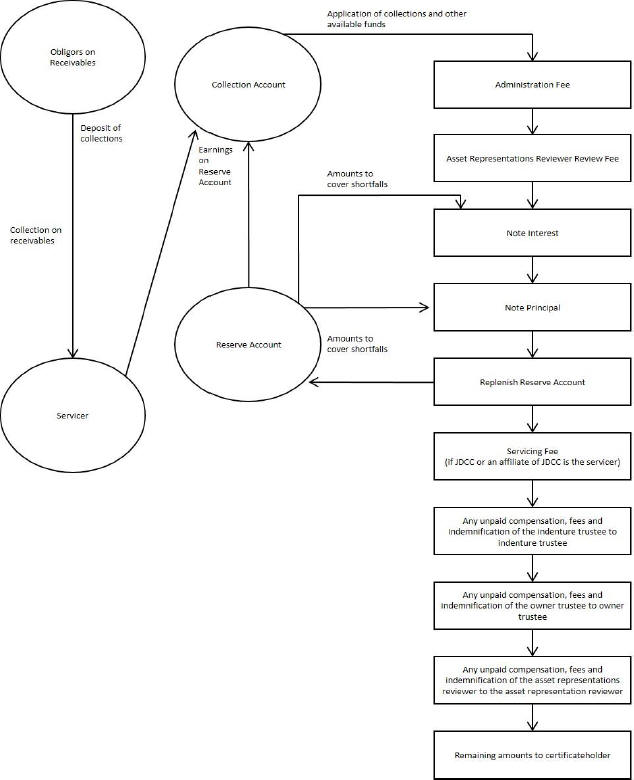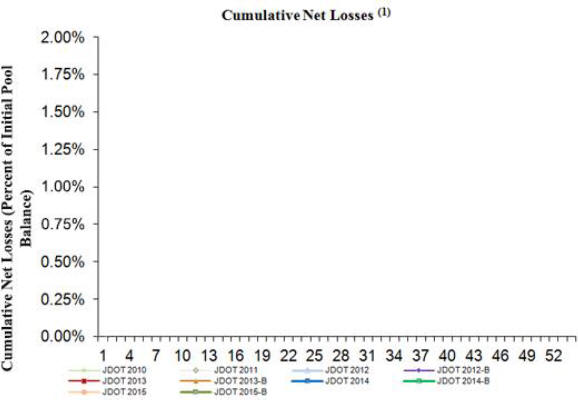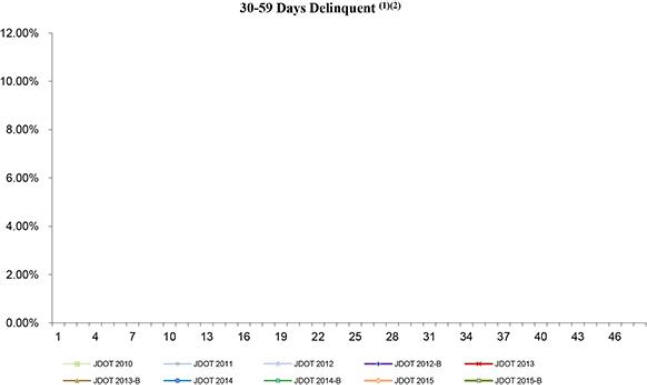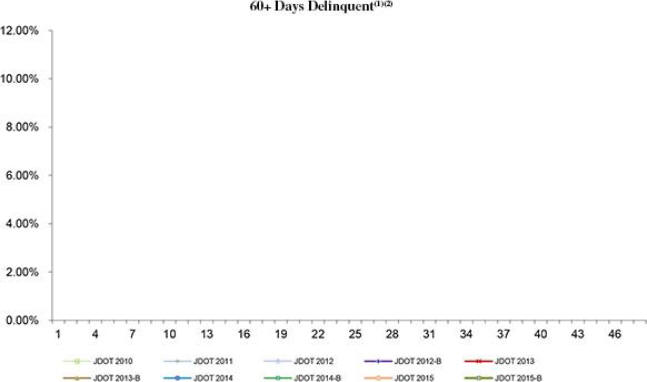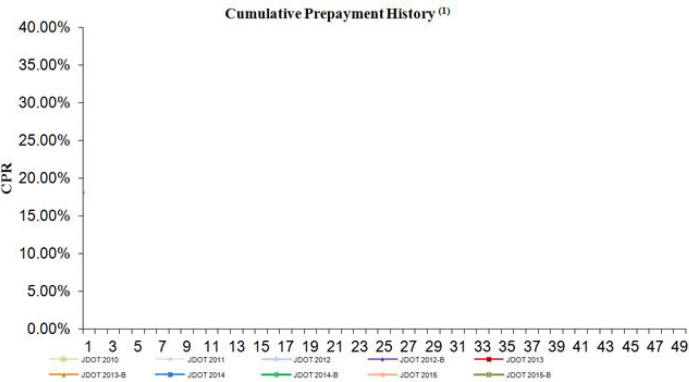CERTAIN LEGAL ASPECTS OF THE RECEIVABLES
Security Interest in Equipment
The retail installment contracts and the loan contracts that compose the receivables constitute personal property security agreements and include grants of security interests in the equipment under the applicable UCC. Perfection of security interests in the equipment is generally governed by the laws of the state in which the debtor is located. The UCC generally defines the location of the debtor as being the state of residence for individual debtors, the location of the business for an organization, unless the organization conducts business in multiple locations, in which case the organization is located at the place of its chief executive office or the place of its organization for a registered organization. However, in the case of any debtor that is a registered organization under the laws of a state, the debtor is located in that state. The UCC generally governs the perfection of these security interests. However, under the laws of certain states and under certain circumstances, perfection of security interests in agricultural, turf, construction or forestry equipment is generally governed by certificate of title registration laws of the state in which that equipment is located.
All of the contracts acquired by JDCC name the applicable John Deere sales company as obligee or assignee and as the secured party. With respect to agricultural, turf, construction and forestry equipment receivables, the sales companies are instructed to take all actions necessary under the laws of the state in which the financed equipment is located to perfect their security interests in the financed equipment, including the filing of financing statements in the appropriate offices and, where applicable, having a notation of its lien recorded on the equipment’s certificate of title.
Obligors are required to declare whether financed turf equipment will be used primarily for commercial purposes. Financing statements are filed and, where applicable, notations of liens are recorded on certificates of title, to perfect the security interests in financed equipment indicated as primarily for commercial use. With respect to turf equipment receivables generated by consumer purchases, the sales companies have a purchase money security interest in the financed equipment. The purchase money security interests in such turf equipment are automatically perfected and have a first priority against other lenders and creditors of the obligor. Except in limited circumstances, no financing statements are filed and no notations of liens are recorded on titles by the sales companies for turf equipment receivables generated by consumer purchases. In the absence of financing statements being filed with respect to turf equipment receivables generated by consumer purchases, a purchaser of such turf equipment from the obligor may take the equipment free of the trust’s security interest if the purchaser, without knowledge of the trust’s security interest, buys the equipment for value and primarily for the buyer’s personal, family or household purposes.
Obligors are not notified of the sale from the sales companies to JDCC. Furthermore, because either the servicer or the sub-servicer continues to service the contracts, the obligors are not notified of the sale from JDCC to the depositor and, in the ordinary course, no action is taken to record the transfer of the security interest from JDCC to the depositor by amendment of the financing statements or, if applicable, the certificates of title for the financed equipment or otherwise. No amendment is required to be filed under the UCC to maintain perfection of JDCC’s interest in the financed equipment. To perfect its interests in the contracts, JDCC takes possession of the contracts.
With respect to the trust, under the purchase agreement, JDCC will sell and assign its interests in the equipment securing the receivables to the depositor, and under the sale and servicing agreement, the depositor will assign its interests in the equipment securing the receivables to the trust. However, because of the administrative burden and expense, none of the depositor, the servicer, the sub-servicer or the owner trustee will amend any financing statement or, if applicable, any certificate of title to identify the trust as the new secured party on the financing statement or, if applicable, the certificate of title relating to the equipment. Also, the servicer will continue to hold any certificates of title relating to the equipment in its possession as custodian for the trust under the sale and servicing agreement. See “Description of the Transfer and Servicing Agreements—Sale and Assignment of Receivables.”
There are certain limited circumstances under the UCC and applicable federal law in which prior or subsequent transferees of receivables held by the trust could have an interest in those receivables with priority over the trust’s interest. A purchaser of these receivables who gives new value and takes possession of the instruments that evidence the receivables (i.e., the chattel paper) in the ordinary course of his or her business may, under certain circumstances, have priority over the interest of the trust in the receivables. In addition, while JDCC is the servicer, cash collections on the receivables will, under certain circumstances, be commingled with the funds of JDCC and, in the event of the bankruptcy of JDCC, the trust may not have a perfected interest in these collections.
In most states, an assignment such as that under the purchase agreement and the sale and servicing agreement is an effective conveyance of a security interest without amendment of any lien perfected by a UCC financing statement relating to the equipment or, if applicable, noted on an equipment’s certificate of title, and the assignee succeeds thereby to the assignor’s rights as secured party. By not identifying the trust as the secured party on the financing statement or certificate of title, the security interest of the trust in the equipment could be defeated through fraud or negligence. In the absence of error, fraud or forgery by the equipment owner or the servicer or the sub-servicer, or administrative error by state or local agencies, the proper initial filing of the financing statement relating to the agricultural, turf (which includes consumer and commercial equipment), construction and forestry equipment or, if applicable, the
90
